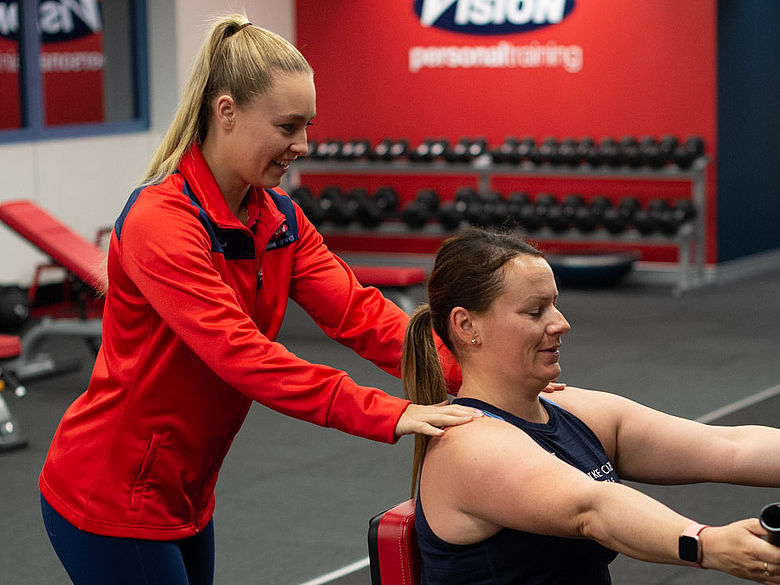There is a long-held belief that you must slog away on a treadmill for hours and hours to get any results. Not only do most of us find this boring, it may also not be getting you the results you want.
To find out what results different modes of cardio will get us, first we have to understand our body's energy systems;
Anaerobic A-Lactic (ATP-CP) Energy System.
This is the system our body uses for short- explosive activities. Think 100m sprint, maximum vertical jump, shotput or discuss. Most of us typically can use this energy source for about 8-10 sec.
Anaerobic Lactic (Glycolytic) Energy System.
This energy system can be utilised for up to 2 mins. Think 400m or 800m track, MMA, most team sports. The anaerobic lactic system, as well as the ATP-CP system, are capable of high intensity levels, and do not rely on oxygen. This system uses carbohydrate as its main fuel source.
The primary difference between the two systems is in the capacity of the system. You can think of capacity as the amount of time that the system can work at peak output before dropping off.
Aerobic Energy System.
This is our most widely used energy system and is capable of providing energy for up to 2 hours. As the name suggests the Aerobic energy system is oxygen reliant. It also uses stored body fat to fuel this energy source. Think any long-distance events swimming, running, jogging and walking.
In reality, we use a combination of energy system in most activities. Depending on what you are training for will dictate what combination of energy systems should be targeted. Specificity is king.
As a Personal Trainer with Vision, the overwhelming majority of my clients will include cardio into their program for the purpose of speeding up fat loss. With this in mind it would seem obvious to target the aerobic system as its primary energy source is fat. While this is correct, the total amount of energy expended is much less than the Glycolytic and ATP/CP systems. Even though they utilise carbohydrate as their main energy source, they will still use a percentage of fat for energy. As the overall output of energy is greater it would not be a surprise to find you can burn as much fat in a 20 min workout using the Glycolytic system as a 2 hour Aerobic workout. We also have to take into account the EPOC effect. This is a phenomenon known as excess post-exercise oxygen consumption, which can burn additional fat and calories long after the workout ends (24-48 hours).
Some things to consider are;
What is your current fitness level? Are you capable of enduring a 20 min Tabata class or running 10 x 100m sprints sub 14 sec on 1min repeat.
How much time do you have a week? Are you able to go for 4x 90min walks a week?
And probably most importantly, what exercise do you enjoy doing? This is often overlooked, but what are the chances of you keeping up an activity for any period of time if you don't get any joy from it?
*Disclaimer: Individual results vary based on agreed goals. Click here for details.

